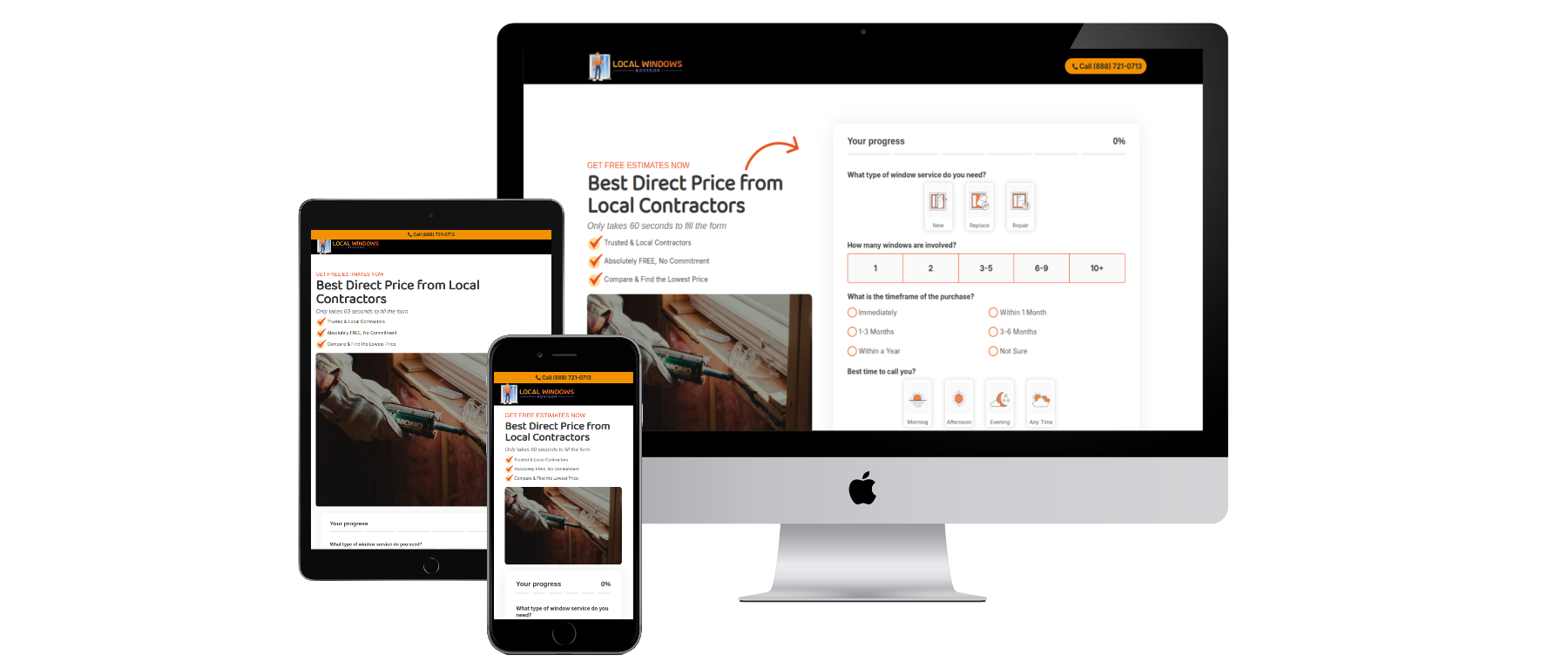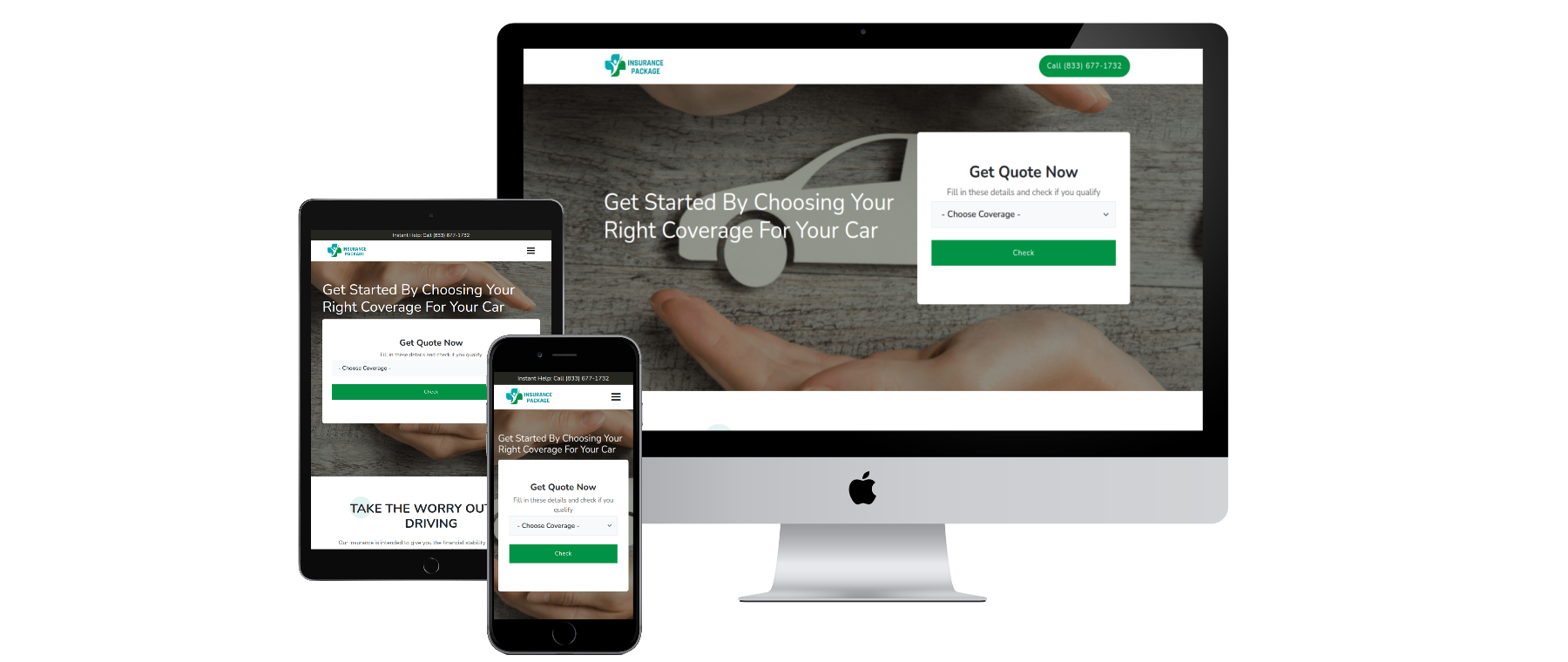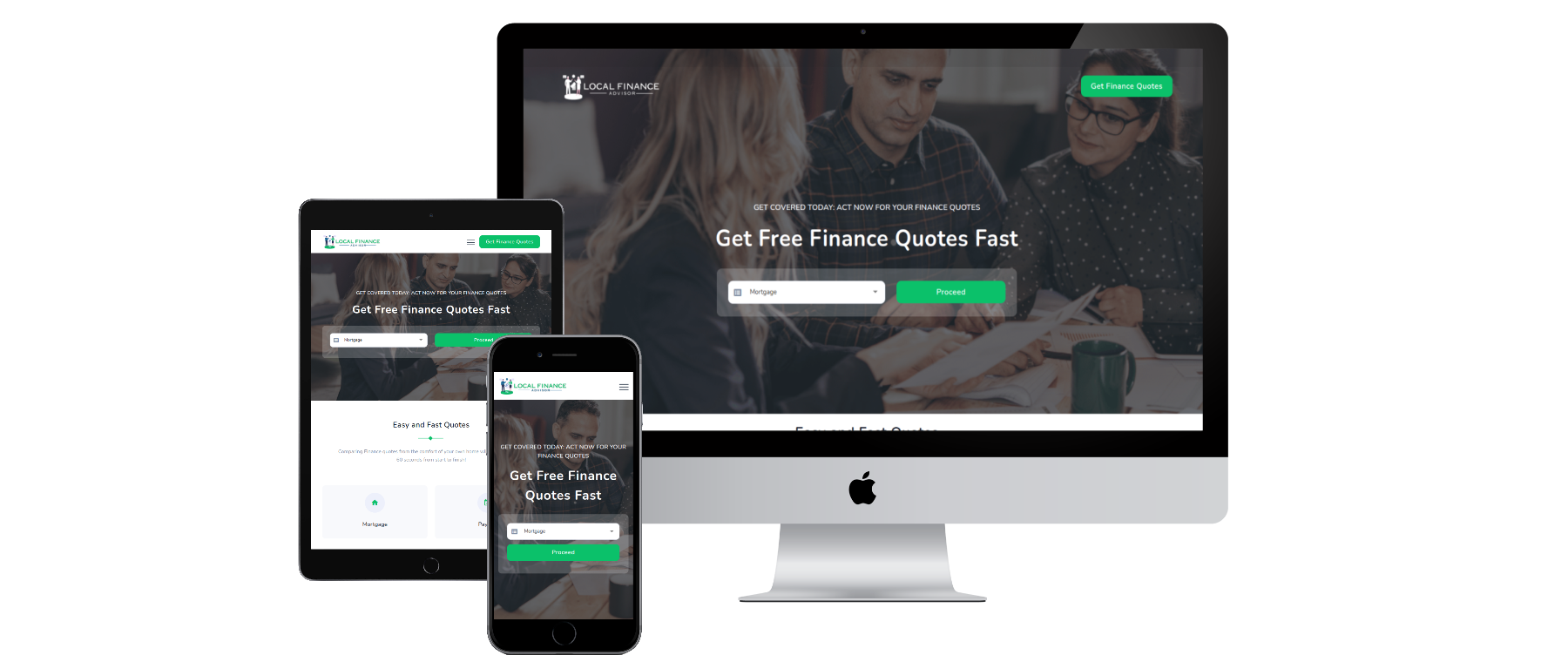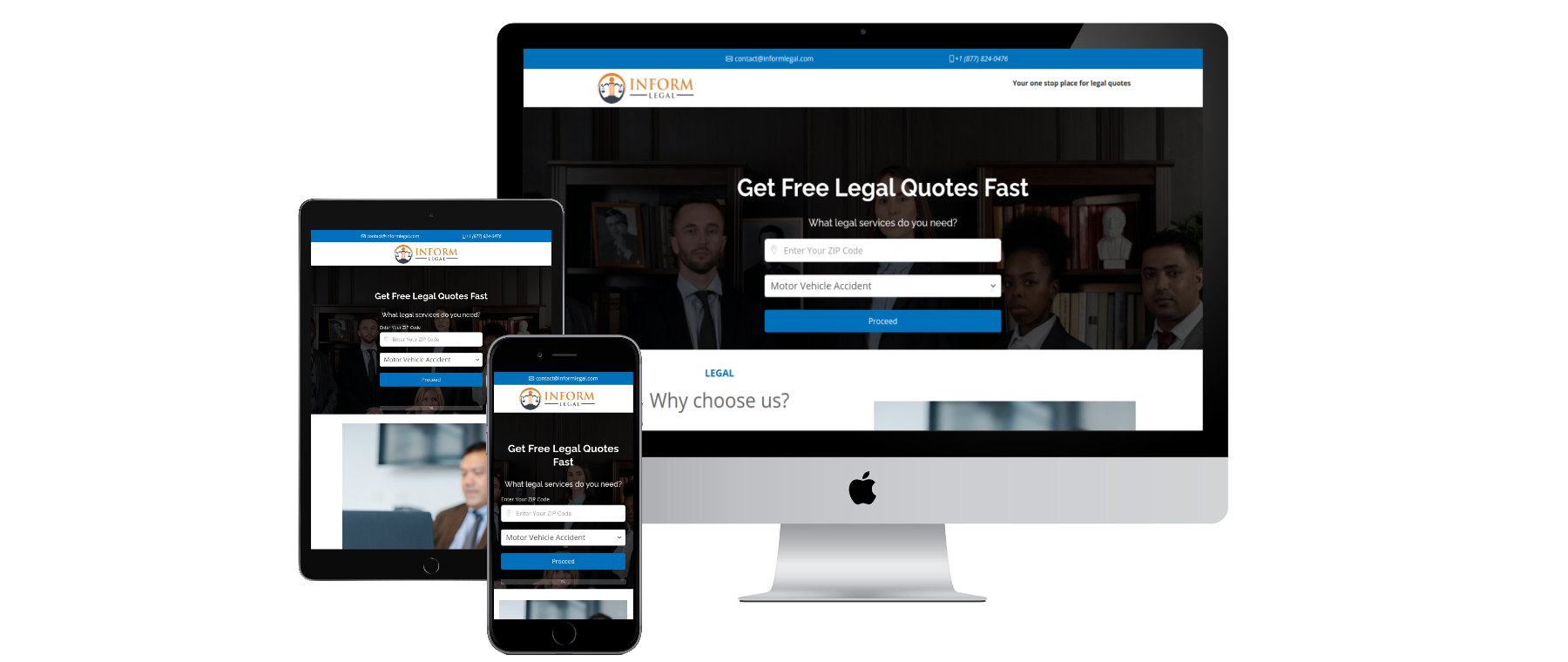Reliable, Transparent, and Cost-Effective Lead Solutions
Experience unmatched lead validation, full transparency with compliance, and competitive pricing through our auction system—all tailored to elevate your business.
Flawless Lead Validation
Every lead is rigorously validated through our proprietary system to ensure accuracy, intent, and compliance.
Transparent and Compliant
Certified leads with complete traceability, aligning with industry standards and your business values.
Smart Pricing, Maximum ROI
Leverage our auction-based system to secure competitive pricing, ensuring your investment delivers unparalleled returns.
How Adventum Delivers Results
Our lead acquisition process begins with targeted data collection from trusted sources, ensuring high-quality leads. Each lead then undergoes a multi-step validation process, which includes verifying accuracy

Proven In-House Campaigns
We don’t rely on third parties—we design and execute every campaign in-house, managing multi-million-dollar ad spends with precision. This allows us to optimize on demand for regions, lead criteria, and client-specific needs.

Validated, High-Performance Leads
Our proprietary system ensures every lead is rigorously validated for accuracy and compliance, offering unmatched transparency and trust for your business.

Exclusive Access, Maximum ROI
With Adventum, you’re not competing for prospects. Our exclusive leads are tailored to your needs, ensuring maximum conversion potential and sustainable growth.
Trusted by Leading Brands
Join the ranks of top companies benefiting from our solutions.
500+
Partnerships and counting.
1M+
Real time data for over 1 million leads
$50M+
In revenue generated for our clients


















